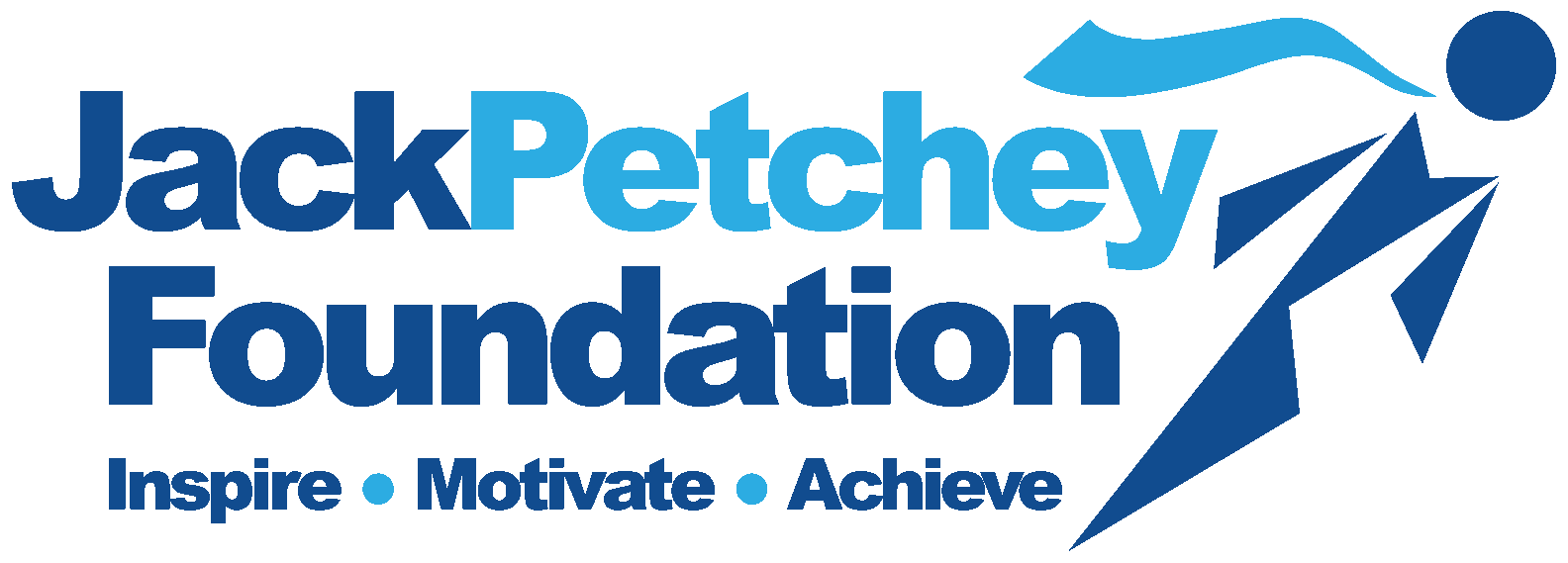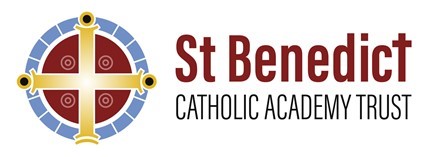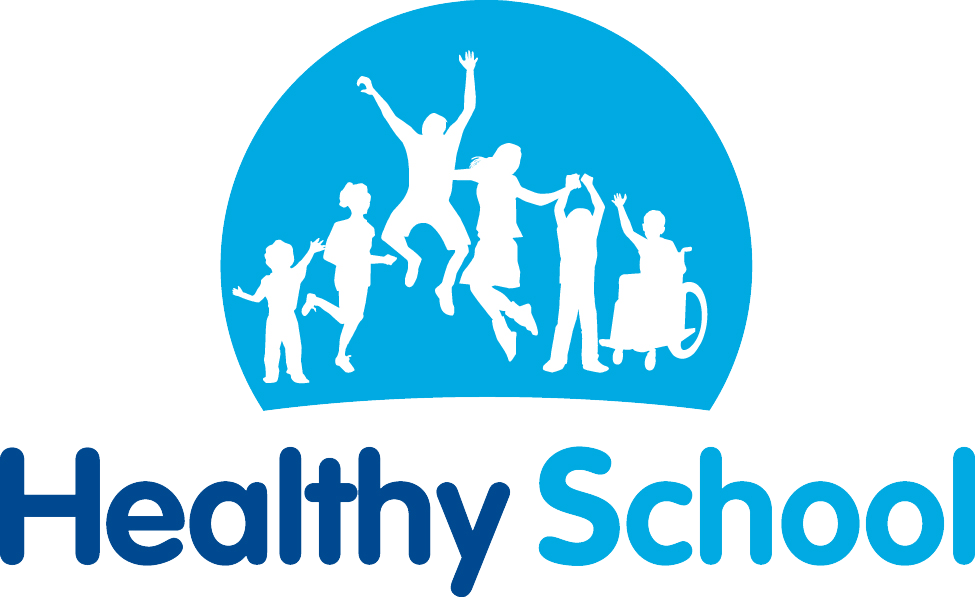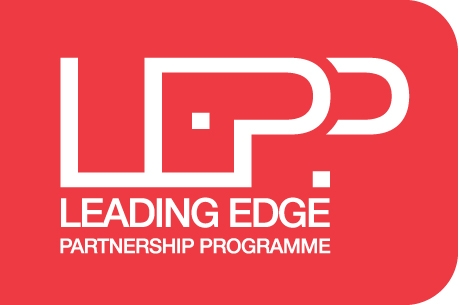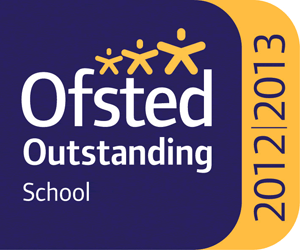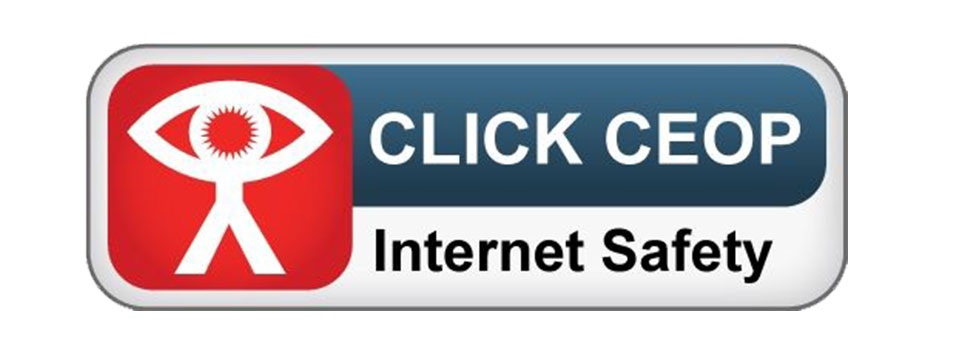A-Level Computer Science
OCR A Level Computer Science is a practical subject where you can apply the academic principles learned in the classroom to real-world systems. It’s an intensely creative subject that combines invention and excitement, that can look at the natural world through a digital prism. The course highly values computational thinking, helping you to develop the skills to solve problems, design systems and understand the power and limits of human and machine intelligence. These are the concepts that lie at the heart of the Computer Science qualification. They will be the best preparation for those of you who want to go on to study Computer Science at a higher level and will also provide a good grounding for other subject areas that require computational thinking and analytical skills.
Specific Benefits of A Level Computer Science
* The new qualifications will be focused on programming, will build on our GCSE Computing and emphasise the importance of computational thinking as a discipline.
* There’ll be an expanded maths focus, much of which will be embedded within the course.
* Computational thinking will be at the core of the new specifications.
* The AS will consist of two components, which will be externally assessed and weighted at 50% each.*
* The A Level will consist of three components, two of which will be externally marked question papers making up 80% of the qualification. • The other 20% will be the coursework project, which will retain its current qualities but will be more focused, with a greater emphasis on coding and programming with a simple assessment model and marking criteria.
ASSESSMENT
| Component | Assessment | Weighting | Marks and duration |
| 01 Computer systems | Externally marked question paper | 40% | 140 marks/2 hrs 30 mins |
| 02 Algorithms and programming | Externally marked question paper | 40% | 140 marks / 2 hrs 30 mins |
| 03 Programming project | Internally assessed
Externally moderated |
20% | 70 marks |
| Component | ||
| 01 Computer systems | Mix of question types: including short-answer, longer-answer, and banded mark-scheme-type questions. | The characteristics of contemporary processors, input, output and storage devices
Components of a computer and their uses
Software and software development: Types of software and the methodologies used to develop them
Exchanging data: How data is exchanged between different systems
Data types, data structures and algorithms How data is represented and stored in different structures and the use of different algorithms
Legal, moral, cultural and ethical issues Laws surrounding the use and ethical issues that can arise from the use of computers |
| 02 Algorithms and Programming | Two sections:
A – Traditional questions concerning computational thinking.
Mix of question types: including short-answer, longer-answer, and levels of response markscheme-type questions.
B – Scenario/task contained in the paper, which could be an algorithm but will involve problem solving.
Short-answer, longer-answer questions, and levels of response mark-schemetype questions. |
Sections A and B
Elements of computational thinking What is meant by computational thinking
Problem solving and programming How computers are used to solve problems and programs can be written to solve them
Algorithms The use of algorithms to describe problems and standard algorithms |
| 03 Programming project | Candidates and/or centres select their own user-driven problem of an appropriate size and complexity to solve. This will enable them to demonstrate the skills and knowledge necessary to meet the Assessment Objectives. | Analysis of the problem
Design of the solution Implementation of the solution Evaluation |



